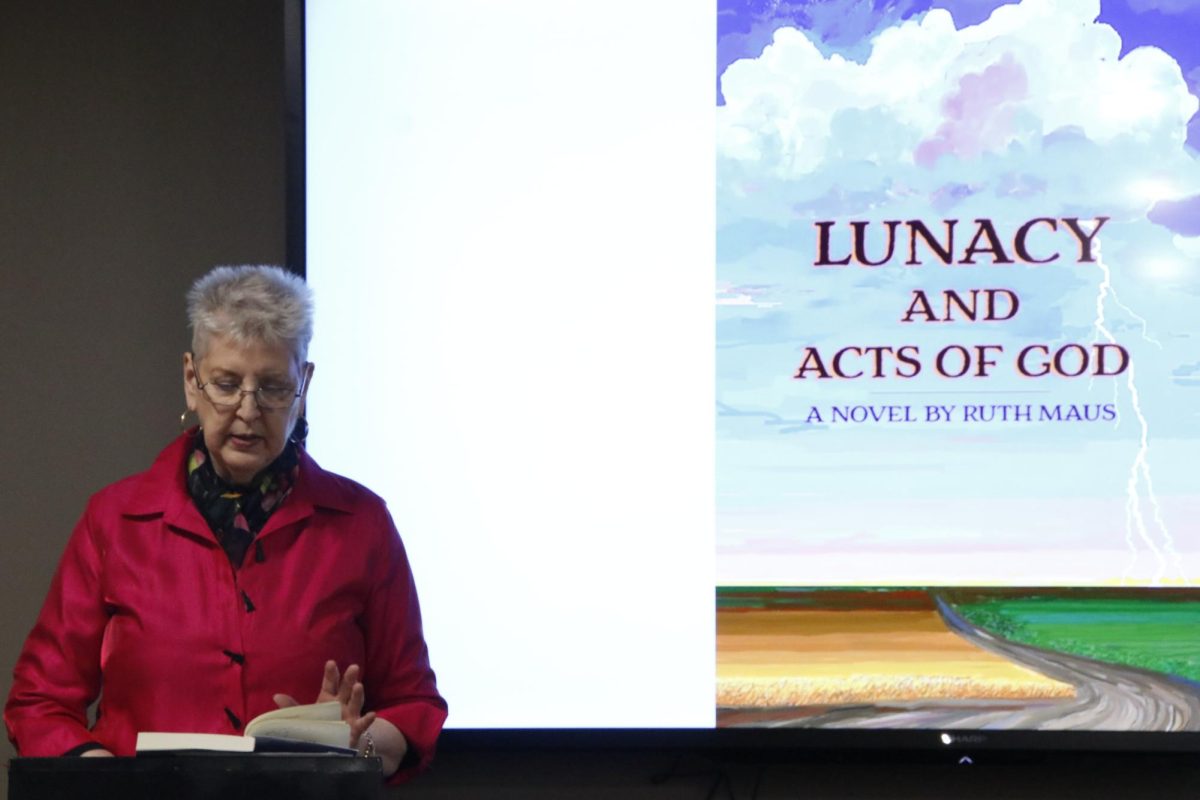Over the past decade, the media, entertainment, and sports sectors have undergone a massive transformation, driven by innovations in technology such as the internet, social media, user-generated content, and video streaming. At the forefront of this change is the rise of over-the-top platforms, which are reshaping how audiences consume entertainment.
OTT stands for “over-the-top” and refers to technology (OTT services or platforms) that delivers streamed content via internet-connected devices. OTT services bypass traditional cable or satellite providers and deliver content directly to viewers’ devices (TVs, computers, phones, tablets, etc.) through apps or websites.
The growth of OTT platforms has been remarkable. According to the Los Angeles Times, “Netflix reported $10.2 billion in quarterly revenue, up 16% from a year ago. Net income was nearly $1.9 billion, compared with $938 million for the same period in 2023. The Los Gatos, Calif., streamer’s results beat analysts’ estimates of $10.1 billion in sales and $1.8 billion in profit, according to FactSet.” The OTT market’s value surpassed $316 billion in 2024 and is projected to continue its upward trajectory in the coming years. The COVID-19 pandemic only accelerated this trend, as more people turned to streaming services due to safety concerns about movie theaters and the growing quality of content available online.
Ryusei Isobe, freshman communication major, finds streaming services convenient as they allow access to favorite movies on personal devices without the need to visit a theater. He uses Netflix and is satisfied with its pricing policy.
“It’s convenient because we can see our favorite movies by using your phone,” Isobe said.
These platforms offer a range of benefits that traditional media cannot match. For a subscription fee of $10 to $20 a month, users can access an extensive library of films and shows at their convenience on any device, from smartphones to smart TVs. The absence of commercials allows viewers to enjoy content uninterrupted, contributing to the rise of binge-watching. This shift to on-demand viewing has been particularly appealing to younger audiences, who value flexibility and personalization in their entertainment choices.
OTT platforms have also broken down geographic barriers, allowing viewers to watch content from around the world. Many platforms offer subtitles or dubbing, making it easier for users to explore foreign films and shows. This global accessibility has helped foster a more diverse entertainment landscape, with smaller-budget productions reaching international audiences that might have otherwise been overlooked by traditional cinema.
Deondre Morris, sophomore biology major, expresses a positive view on streaming services, appreciating their convenience and the absence of intrusive ads compared to illegal streaming sites. He acknowledges the necessity of paying for multiple services due to content ownership and copyright issues, which he finds somewhat inconvenient but Morris is willing to support creators through subscription fees and respects the monetization model.
“I personally really like streaming services because they provide me with, I want to say, legal way to watch stuff without all the pop-ups and ads that come when I try to go through an illegal website,” Morris said. “The only thing I could say that I don’t like about streaming services is the fact that you have to apply for multiple streaming services if you have multiple TV shows that you want to watch due to ownership and copyright stuff and stuff like that”
In addition to offering a wide range of existing content, OTT platforms have become major producers of original programming. By investing in high-quality exclusive content, these platforms have empowered independent creators and provided a stage for unique and diverse storytelling. This has disrupted the traditional film and TV production models, offering opportunities for niche content to find a global audience.
As OTT platforms continue to grow, they reshape the traditional entertainment industry. The rise of streaming services has led to a decline in movie theater attendance, with many opting for the comfort and convenience of home viewing. Cable and broadcast television have also seen a decline in viewership as consumers increasingly prefer the flexibility and convenience offered by streaming services. This shift has prompted traditional media companies to adapt by developing their streaming platforms to retain audiences.
Though it’s not all rainbows and sunshine as streaming services have fragmented entertainment, which has caused many people to be upset with OTT platforms. It used to be simple: one cable package, access to almost everything. Now, it’s like a scavenger hunt where each platform holds a handful of shows, games, or movies hostage behind separate paywalls. It forces people to pay for an entire subscription when in reality, they only want one show/movie/game from the platform.
Mousam Bhandari, senior computer information science major, student security technician, expresses that while some streaming platforms are good, he finds them excessively expensive and wishes for a wider variety of shows at more affordable prices. He also dislikes the inconvenience of needing to access multiple streaming services to watch different shows.
“I believe those are expensive. However, some of the sites are really good streaming platforms. But still, I wish there were a lot more shows at more affordable prices,” Bhandar said. “It’s kind of a headache to buy subscriptions to multiple platforms to watch shows you like.”
Looking ahead, the future of OTT platforms appears bright. As they continue to innovate, introducing new formats like interactive content and live events, the competition among streaming services will intensify. However, despite these challenges, OTT platforms are poised to remain a dominant force in the entertainment industry for the foreseeable future. Their ability to adapt to changing consumer preferences and technological advancements suggests that their impact will only increase.
Edited by Jeremy Ford and Morgan Albrecht












